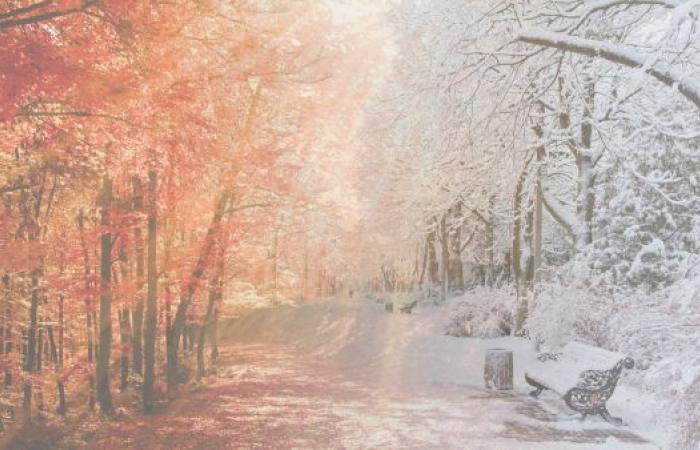When this happens, we see the precipitation fall as snow, as is expected in the winter, but lightning suddenly lights up the sky and a rumble of thunder stirs the air.
Thundersnow happens when a mass of unstable, frigid air sits above a rising mass of comparatively warmer air, such as the air over large, ice-free bodies of water, or in some of the strongest winter storms. While the air inside the cloud and at the surface are still cold enough for snow development, the contrast in temperatures between the upper and surface levels is great enough to fuel lightning development and, thus, thunder. Thundersnow tends to occur in the area of a storm where you have the greatest instability in the storm.
Lightning from thundersnow will appear brighter in the sky due to the light being reflected off the ice crystals and snow in the clouds. Thunder from thundersnow will still be loud if you’re near the lightning, but the sound won’t carry far distances like it does in the summer because the snow acts as a sound insulator.
WATCH: Rare thundersnow caught on camera in Oshawa, Ontario
Weather bomb
The phrase ‘weather bomb’ may sound made up and, quite frankly, exaggerated, but we can assure you it is very real and should be taken seriously.
The phrase comes from the term ‘bombogenesis’, which is when the centre of a low-pressure system rapidly decreases in pressure over a short amount of time. If a system’s minimum pressure falls by at least 24 mb in under 24-hours, it is considered a weather bomb or ‘bomb cyclone’.
We see this happen more often in the colder months due to the contrasting clash between cold continental air and warm tropical air along North America’s coasts. The clash in temperatures fuels large and powerful storms to develop, most often off the East Coast as Nor’easters.






